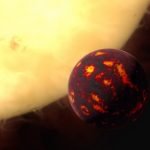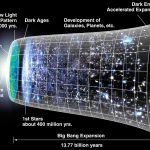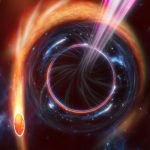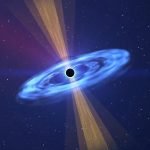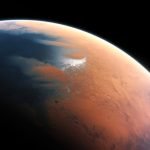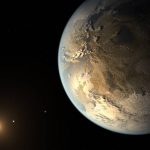How this hell planet got so hot
A new study sheds light on how the “hell planet” got so devilishly hot and how other worlds might become too toasty for life.
Early dark energy could explain the crisis in cosmology
In 1916, Einstein finished his Theory of General Relativity, which describes how gravitational forces alter the curvature of spacetime.
Among other things, this theory predicted...
Mars is not a dead planet. It’s more active than previously thought
Mars, like Earth and Venus, possesses an active interior, which challenges current views on the evolution of the red planet.
One of the world’s biggest radio telescopes is hunting for signals from extraterrestrial civilizations
Breakthrough Listen, a privately funded project seeking evidence of extraterrestrial intelligence, has started operations on the MeerKAT radio telescope array in South Africa.
Over the...
A black hole consumed a star and released the light of a trillion suns
When a flash of light appears somewhere in the sky, astronomers notice.
When it appears in a region of the sky not known to host...
Astronomers caught a black hole chomping on a nearby star
The universe can be a violent place.
Stars die or collide with each other and black holes devour everything that gets too close.
These and other...
Scientists discover a black hole jet, halfway across the universe, pointing straight toward Earth
Astronomers identified an extremely bright black hole jet, halfway across the universe, pointing straight toward Earth.
Astrophysicists hunt for second-closest supermassive black hole
As massive as the black hole at the center of the Milky Way, the behemoth is hosted by a dwarf galaxy less than 1...
Mars once had enough water for a planet-wide ocean 300 meters deep, shows study
Today, Mars is colloquially known as the “Red Planet” on a count of how its dry, dusty landscape is rich in iron oxide (aka....
What’s the best mix of oceans to land for a habitable planet
Earth is about 29% land and 71% oceans.
How significant is that mix for habitability? What does it tell us about exoplanet habitability?
There are very...

